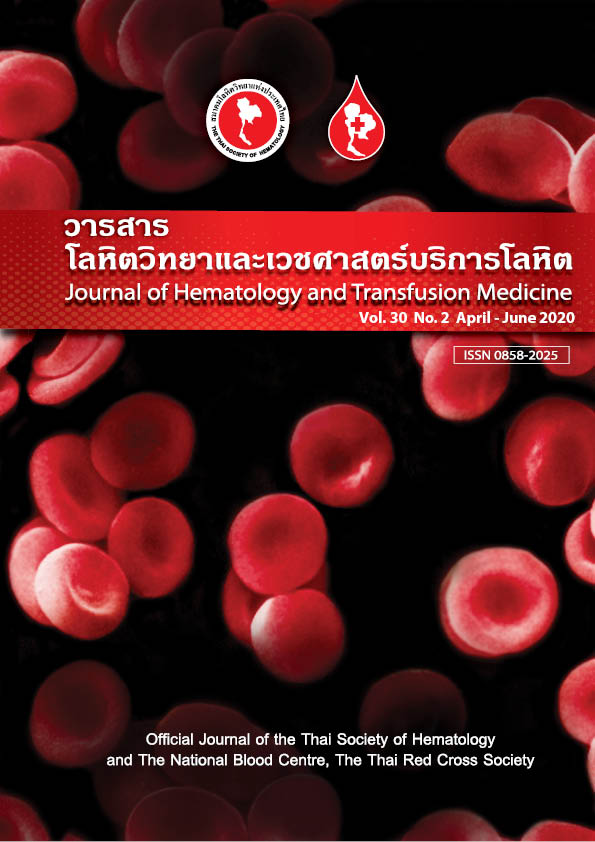A pregnant woman with hypereosinophilia and a neuroendocrine tumor
Keywords:
hypereosinophilia, paraneoplastic eosinophilia, hypereosinophilic syndrome, Neuroendocrine tumorAbstract
Eosinophilia is a common problem in general practice, and the most common cause is reactive condition.
Paraneoplastic eosinophilia is a rare clinical manifestation in neuroendocrine tumors and may be associated
with advanced-stage disease. We highlight the case of a pregnant woman presenting progressive dyspnea and
hepatosplenomegaly. Liver and bone marrow biopsy revealed a metastatic neuroendocrine tumor. Genetic mutation tests for clonal myeloid diseases were negative. The patient did not respond to steroid or cytoreductive drugs. Tissue biopsy is needed to confirm the diagnosis.
Downloads
References
2. Amy D. Klion. How I treat hyper eosinophilic syndromes. Blood. 2015;126(9):1069-1077.
3. Samy Sakkal, Sarah Miller, Vasso Apostolopoulos and Kulmira Nurgali. Eosinophils in Cancer: Favourable or Unfavourable?Current Medicinal Chemistry. 2016; 23:650-666.
4. Omar Abughanimeh, Mohammad Tahboub and Mouhanna Abu Ghanimeh. Metastatic Lung Adenocarcinoma Presenting with Hypereosinophilia. Cureus. 2018; 10(6): e2866.
5. Moran Livne Margolin, Nona Zeitlin, Yehudit E. Friedman, Opher Globus and Meir Mouallem MD. Eosinophilia and Leukocytosis in a Patient with Lung Cancer. IMAJ. 2019; 21: 58–59.
6. Hayato Yamauchi, Shinji Sakurai, Ritsuko Tsukagoshi, Masaki Suzuki, Yuichi Tabe, Takaharu Fukasawa, Shinsuke Kiriyama, Minoru Fukuchi, Hiroshi Naitoh and Hiroyuki Kuwano. A Case of Very Well-Differentiated Adenocarcinoma with Carcinoid Tumor in the Ascending Colon. Int Surg. 2014; 99:132–136.
7. Daniel F. Boyer. Blood and Bone Marrow Evaluation for Eosinophilia. Arch Pathol Lab Med. 2016; 140:1060–1067.
8. Sa A. Wang et al. Bone marrow morphology is a strong discriminator between chronic eosinophilic leukemia, not otherwise specified and reactive idiopathic hypereosinophilic syndrome. Haematologica. 2017;102(8):1352-1360.



